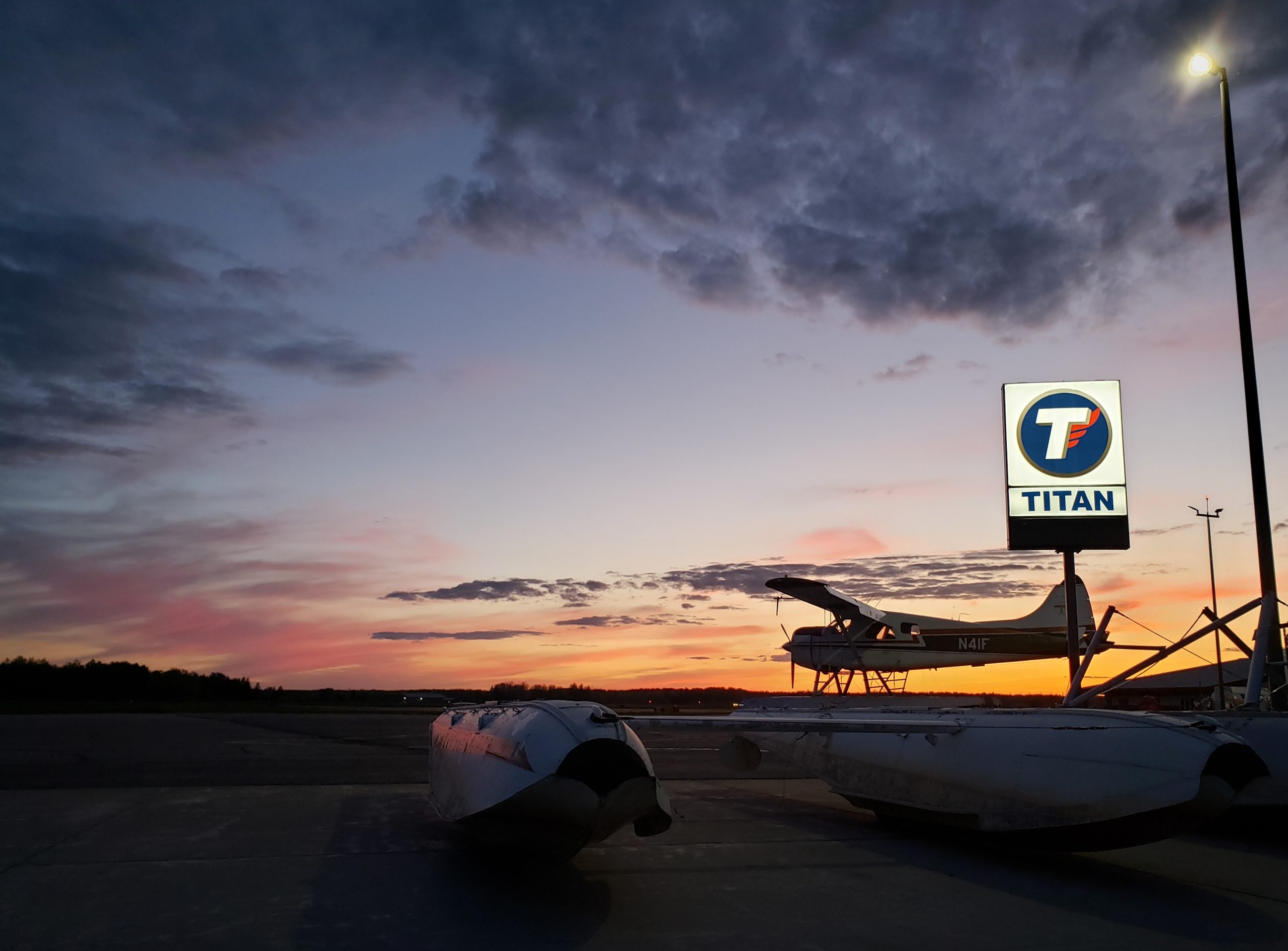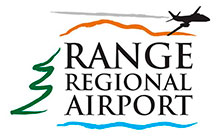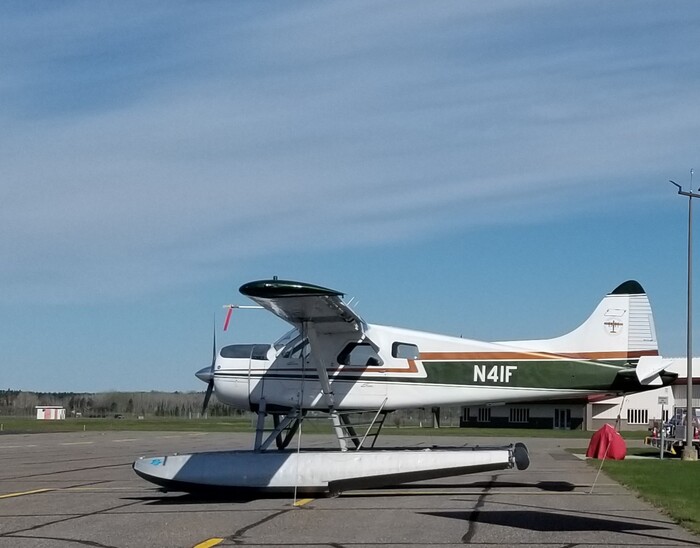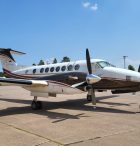Seaplanes are a different breed of aircraft. They offer the pilot and passengers a unique experience that can't be found with other types of aircraft. Let's discuss 5 surprising seaplane facts that you should know. Each fact is interesting in its own way and will help you understand these amazing machines better, including where you can land at a seaplane airport.
How to Tell Where the Wind is Coming From With No Windsock
If you're accustomed to flying at a traditional airport, you're used to seeing a windsock. This is a helpful tool that tells pilots which way the wind is blowing. But what if there isn't a windsock at the seaplane airport? How can you tell which way the wind is blowing?
One method is to look for ripples on the water. If the water is smooth, it means that the wind is blowing in from the opposite direction. You can also look for signs of movement in nearby trees or other objects. But be careful - just because there's a breeze doesn't necessarily mean that it's safe to take off or land.
Are Glassy Water Landings Deadly?
One of the most impressive feats that seaplanes can do is land on glassy water. This happens when the water is so smooth that it looks like a sheet of glass and is reflective. This is one of the most dangerous landings and should be done with caution.
The key is to approach the landing site at a shallower angle than you would normally, and don't use the VSI as it is a lag instrument. This will help you avoid any potential hazards and make a safe landing.
You Can Sail A Seaplane
Have you ever wanted to sail an airplane? Well, with a seaplane, you can! These types of aircraft are designed to land on and take off from water, which means that they can also sail on the water like a boat.
All you need is to use your rudder and ailerons as miniature sails on the water.

Float Buoyancy Requirements
In order to take off and land safely, seaplanes need to have a certain amount of buoyancy. This is because they need to be able to float in the water in case of an emergency landing.
Most seaplanes have two floats - one under each wing. These floats provide enough buoyancy for the plane to stay afloat, even if it's filled with passengers and cargo.
Where Can You Land?
One of the best things about seaplanes is that they can land in a variety of different places, unlike standard planes that can only land at airports. But seaplanes can also land on lakes, rivers, and even oceans!
By far the best place to land is at a seaplane airport, which is specifically designed for these types of aircraft. But if you can't find a seaplane airport, any body of water that is big enough and has a smooth surface will do.
Land at Carey Lake Seaplane Base at Range Regional Airport, the Number One Seaplane Airport in Northern Minnesota
Now that you know a little bit more about seaplanes, why not come and visit us at Range Regional Airport? We're the number one seaplane airport in Northern Minnesota, and we're always happy to welcome seaplane pilots and passengers!
Contact us to learn more about our Carey Lake seaplane base and more. We hope to see you soon!




